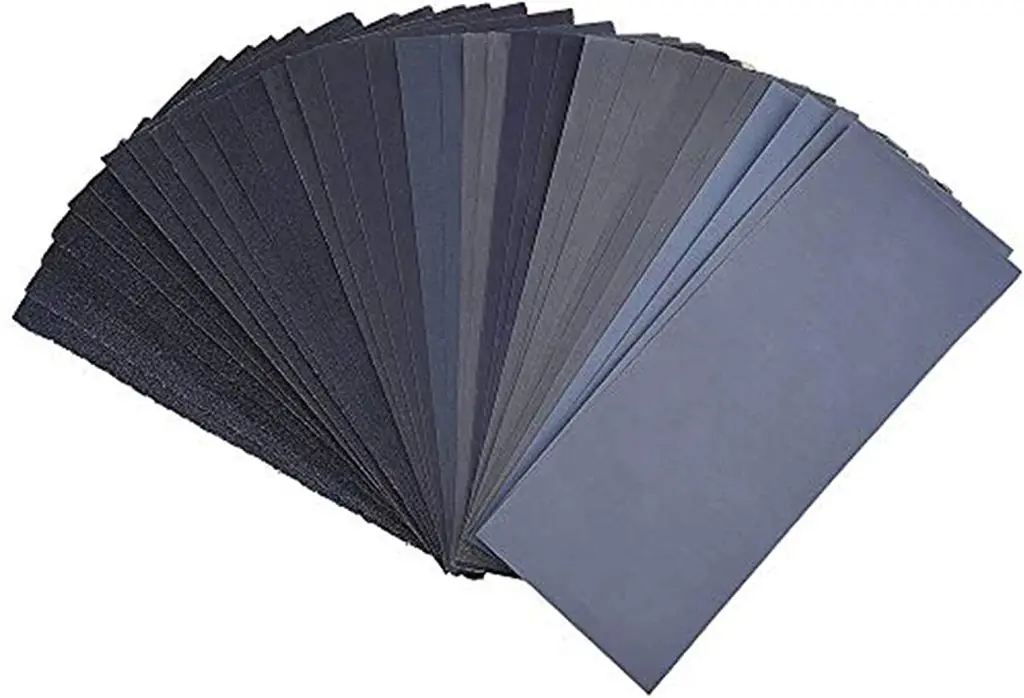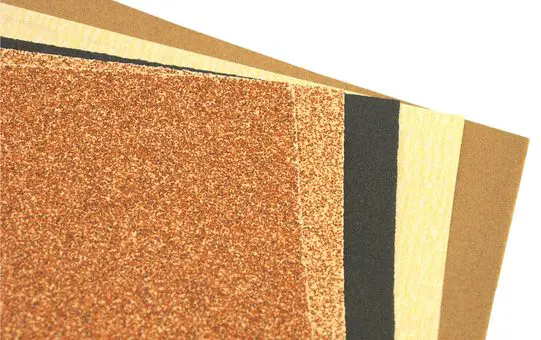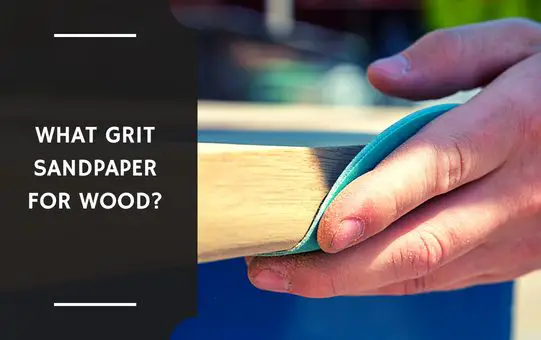Sanding is an essential part of any woodworking project, whether you are sanding rough lumber to create a smooth surface or sanding between coats of finish to create a silky smooth finish.
What Grit Sandpaper for Wood?
There is no definitive answer to this question as grit sandpaper for wood can vary depending on the type of wood being sanded and the desired result. Some people may use finer grits for a more refined finish, while others may use coarser grits for a rougher finish.
In this article, we will cover the basics of grit sandpaper for wood and give you some tips on how to choose the right grit for your project.
See Also: Best Sandpaper
What Grit Sandpaper for Wood? – Guide
Woodworking projects require a lot of attention to detail, and sanding is an essential part of the process.
However, choosing the right grit sandpaper for wood can be confusing, especially for beginners.
Understanding Grit Sandpaper
Before we dive into the specifics of choosing the right grit sandpaper for your woodworking project, it’s important to understand what grit sandpaper is and how it works.
Grit sandpaper is made up of tiny particles of abrasive materials such as aluminum oxide, silicon carbide, or garnet, which are adhered to a backing material such as paper, cloth, or plastic.
The grit number refers to the size of the abrasive particles, with higher numbers indicating smaller particles.

Miady 120 To 3000 Assorted Grit Sandpaper
Achieve a flawless finish on wood, metal, and automotive surfaces with Miady assorted grit sandpaper.
With 36 sheets ranging from 120 to 3000 grit, this 9×3.6 inch pack is perfect for dry or wet sanding.
Coarse Grit Sandpaper (40-80 Grit)
Coarse grit sandpaper is used to remove rough spots, blemishes, and scratches from the surface of the wood.
It is also used to remove old finishes and prepare the wood for a new finish. Coarse grit sandpaper typically ranges from 40 to 80 grit, with 40 grit being the coarsest.
When using coarse grit sandpaper, it’s important to use it sparingly and only on the areas that require heavy sanding.
Overuse of coarse grit sandpaper can remove too much wood and create uneven surfaces. It’s also important to sand in the direction of the grain to avoid cross-grain scratches.
Medium Grit Sandpaper (120-150 Grit)
Medium-grit sandpaper is used to smooth out the surface of the wood and remove any remaining rough spots or scratches left by the coarse-grit sandpaper.
It is also used to prepare the wood for staining or painting. Medium-grit sandpaper typically ranges from 120 to 150 grit, with 120 grit being the most commonly used.
When using medium grit sandpaper, it’s important to sand in the direction of the grain and to use light, even pressure.
Avoid applying too much pressure or sanding too aggressively, as this can create uneven surfaces and damage the wood.

Fine Grit Sandpaper (180-220 Grit)
Fine-grit sandpaper is used to prepare the wood for a finish and to create a smooth surface.
It is also used between coats of finish to remove any imperfections or dust particles that may have settled on the surface.
Fine-grit sandpaper typically ranges from 180 to 220 grit, with 220 grit being the finest.
When using fine-grit sandpaper, it’s important to sand in the direction of the grain and to use light, even pressure.
Avoid applying too much pressure or sanding too aggressively, as this can create uneven surfaces and damage the wood.
It’s also important to use a clean, dry cloth to remove any dust particles before applying a finish.
Extra Fine Grit Sandpaper (320-400 Grit)
Extra fine-grit sandpaper is used to create an ultra-smooth surface and to prepare the wood for a high-gloss finish.
It is also used between coats of finish to remove any imperfections or dust particles that may have settled on the surface.
Extra fine grit sandpaper typically ranges from 320 to 400 grit, with 400 grit being the finest.
When using extra fine grit sandpaper, it’s important to sand in the direction of the grain and to use light, even pressure.
Avoid applying too much pressure or sanding too aggressively, as this can create uneven surfaces and damage the wood.
It’s also important to use a clean, dry cloth to remove any dust particles before applying a finish.
When using extra fine grit sandpaper, it’s important to note that it should only be used for finishing touches and not for heavy sanding, as it can remove too much wood and create uneven surfaces.
Conclusion
Grit sandpaper for wood is a versatile tool that can be used for a variety of woodworking projects.
Whether you’re building a cabinet, refinishing furniture, or sanding down a piece of wood, grit sandpaper can help you achieve the desired results.
With grit sandpaper for wood, you can ensure a smooth, professional finish to any project.
With a little grit and determination, you can make any woodworking project a success. I hope this sandpaper grit explained blog post is helpful for you in understanding what grit sandpaper for wood.
Read Also: Why Does My Sandpaper Keep Falling Off?
